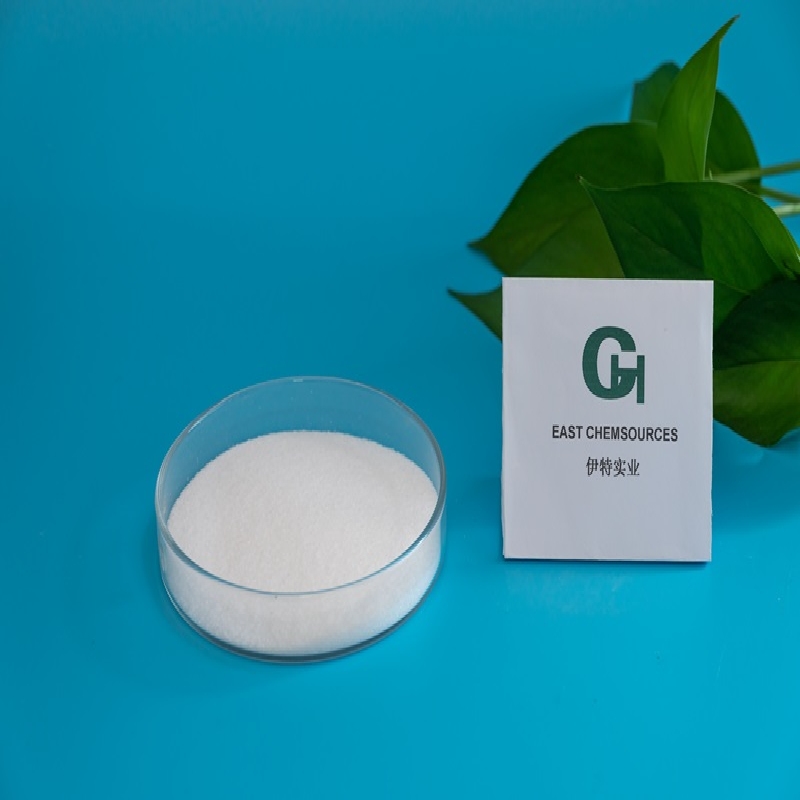IBD: Analysis of the unique course of children with extremely early hair-inflammatory bowel disease
-
Last Update: 2020-06-23
-
Source: Internet
-
Author: User
Search more information of high quality chemicals, good prices and reliable suppliers, visit
www.echemi.com
BACKGROUND: By identifying pathogenic monogene defects detected in some patients, a deeper understanding of the pathogenesis of early inflammatory bowel disease (VEO-IBD) has been gainedHowever, the clinical process of this population remains uncertainThe purpose of this study is to determine whether VEO-IBD is more severe in older pediatric IBDmethod: IbD patients in children under 6 years of age are defined as very early hairstyle IBD (VEO-IBD) and compared with children aged 6 to 10 years (moderate seizures) and over 10 years of age (older ibD)Data obtained from medical records include age of onset, disease episotype and location, surgery, medication and comorbiditiesFrom the beginning of diagnosis, follow-up time is at least 1 yearresults: 229, 221 and 521 subjects had VEO, moderate seizures and older seizures of IBD, respectivelyVery early inflammatory bowel disease patients underwent more reintestinal surgery (P 0.001) and anophatose (P 0.001) than older childrenDuring the follow-up period, VEO-IBD subjects had less improvement in weight and age-height Z scoresIn addition, VEO-IBD patients had a higher rate of drug treatment failure in one year and were more likely to re-enter the hospitalTargeted therapy is used almost exclusively in VEO-IBDconclusion: Compared to patients with earlier onset of IBD, PATIENTs with VEO-IBD have a heavier course of disease, increased surgical intervention and poor growthIn addition, patients with VEO-IBD are more likely to be ineffective with conventional therapyStrategies for using targeted therapy in these children can improve prognosis and, in some cases, can be cured
This article is an English version of an article which is originally in the Chinese language on echemi.com and is provided for information purposes only.
This website makes no representation or warranty of any kind, either expressed or implied, as to the accuracy, completeness ownership or reliability of
the article or any translations thereof. If you have any concerns or complaints relating to the article, please send an email, providing a detailed
description of the concern or complaint, to
service@echemi.com. A staff member will contact you within 5 working days. Once verified, infringing content
will be removed immediately.







